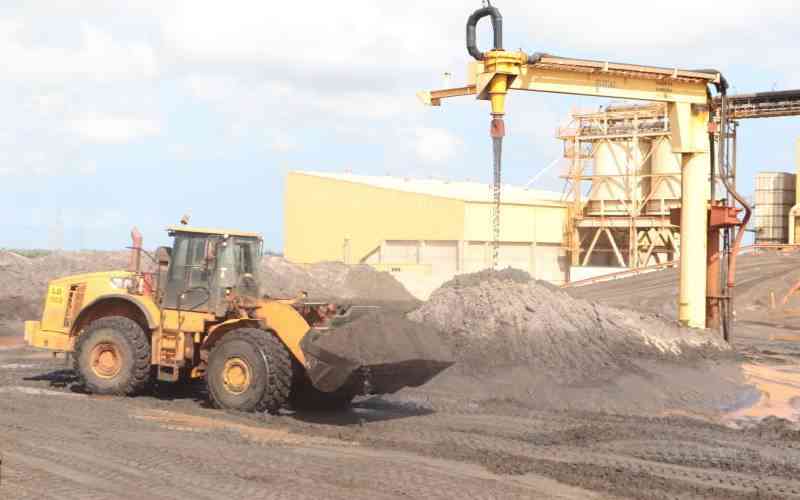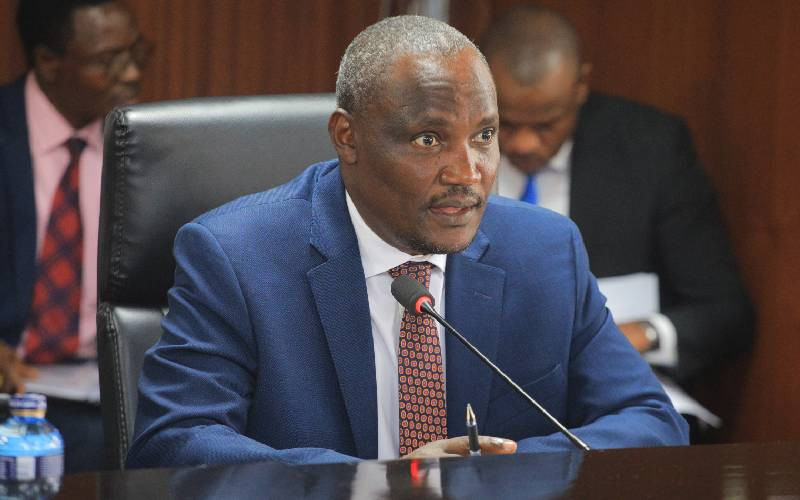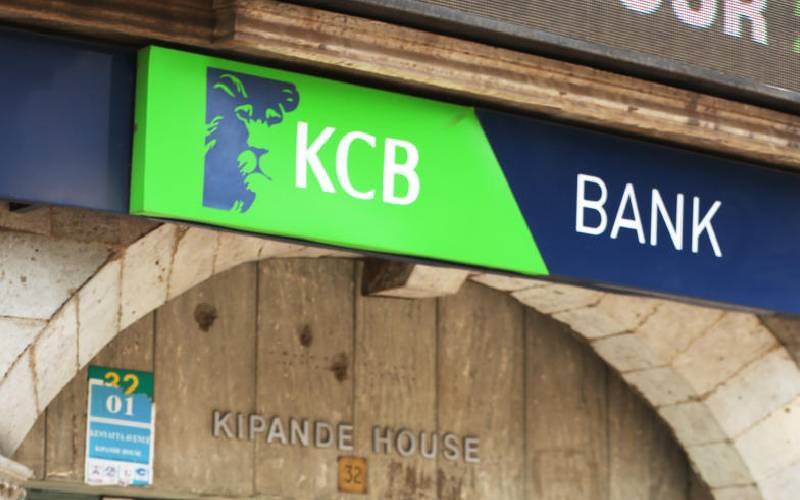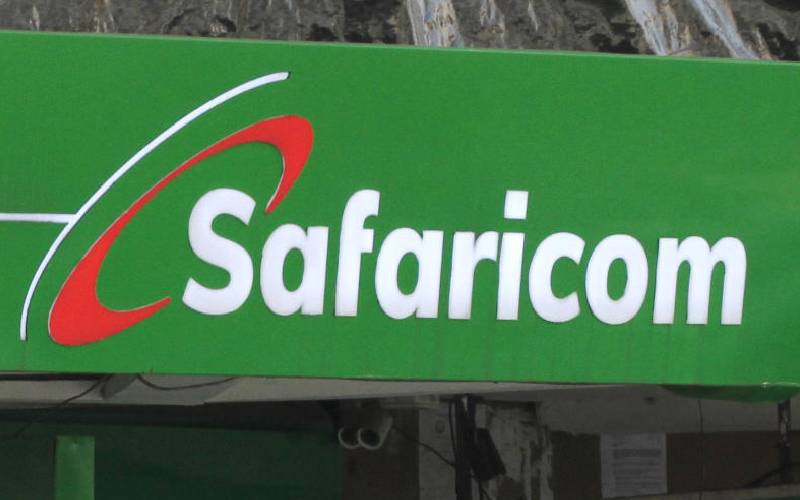×
The Standard e-Paper
Join Thousands Daily
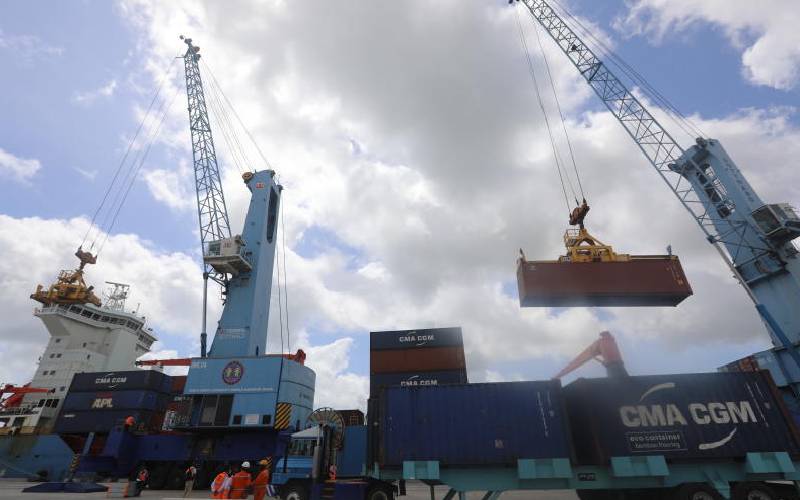
Containers being loaded to MV Spirit of Dubai at the Port of Lamu in Lamu County on July 19, 2021. [Kelvin Karani, Standard]
Six months after its first berth was opened by President Uhuru Kenyatta, Lamu Port is struggling to grow the transhipment business.


